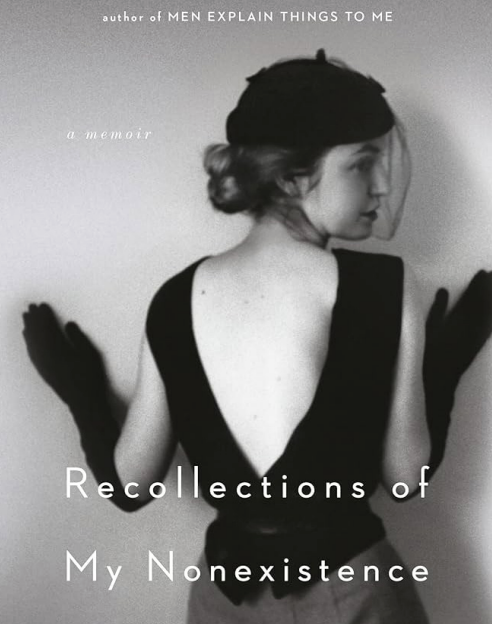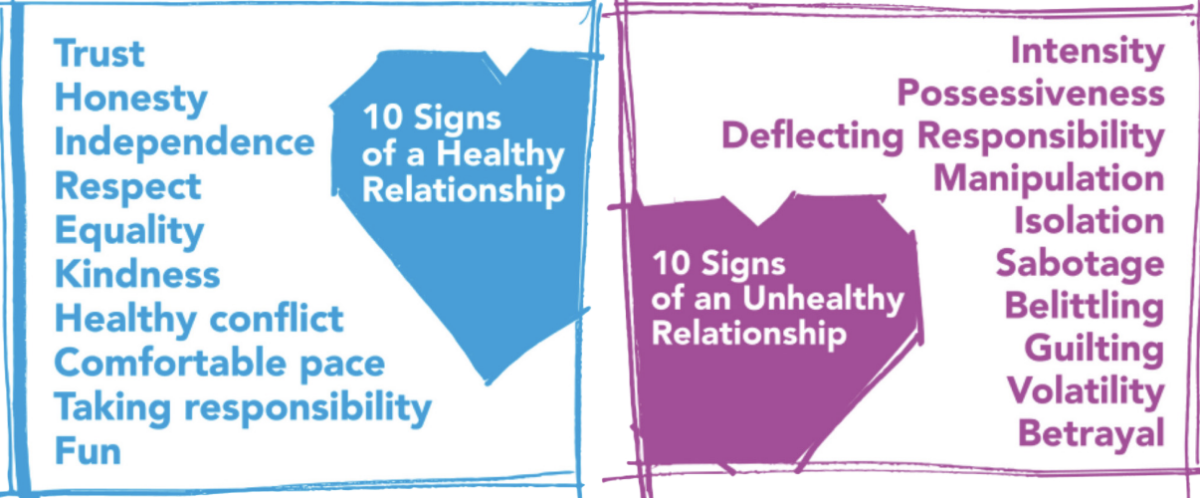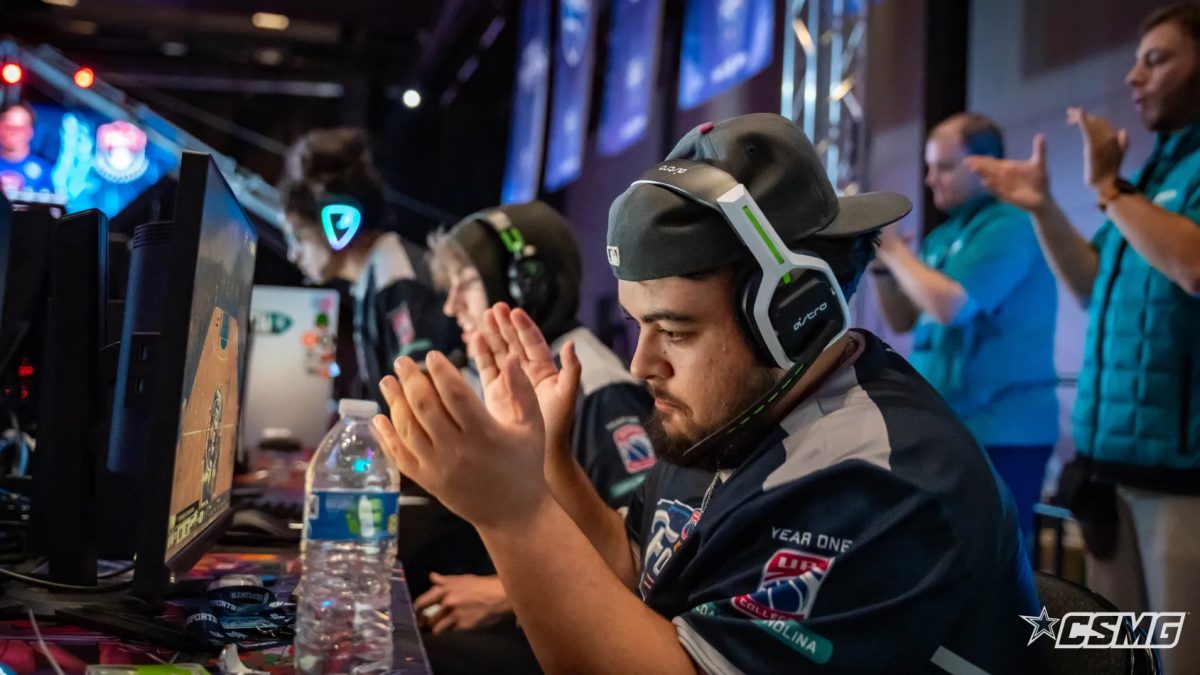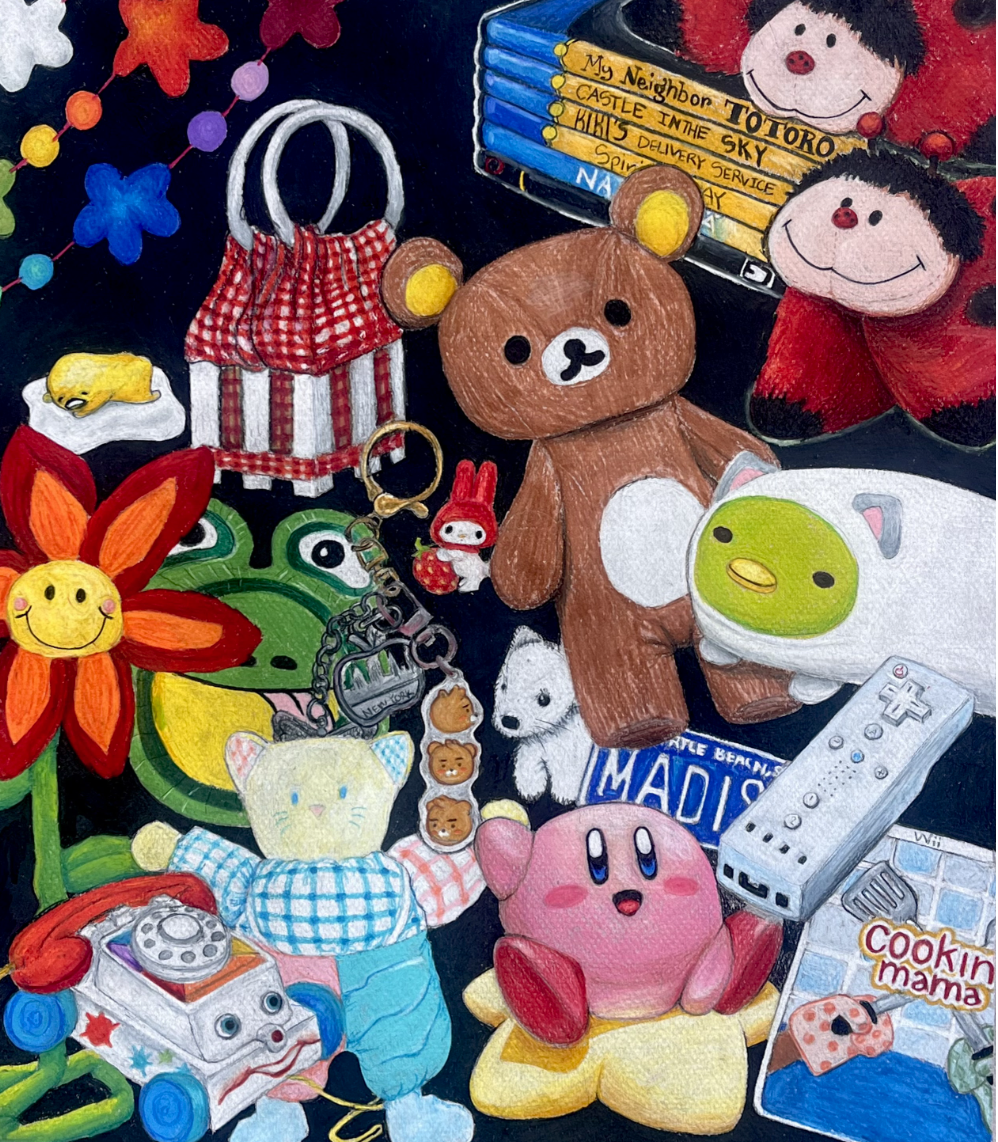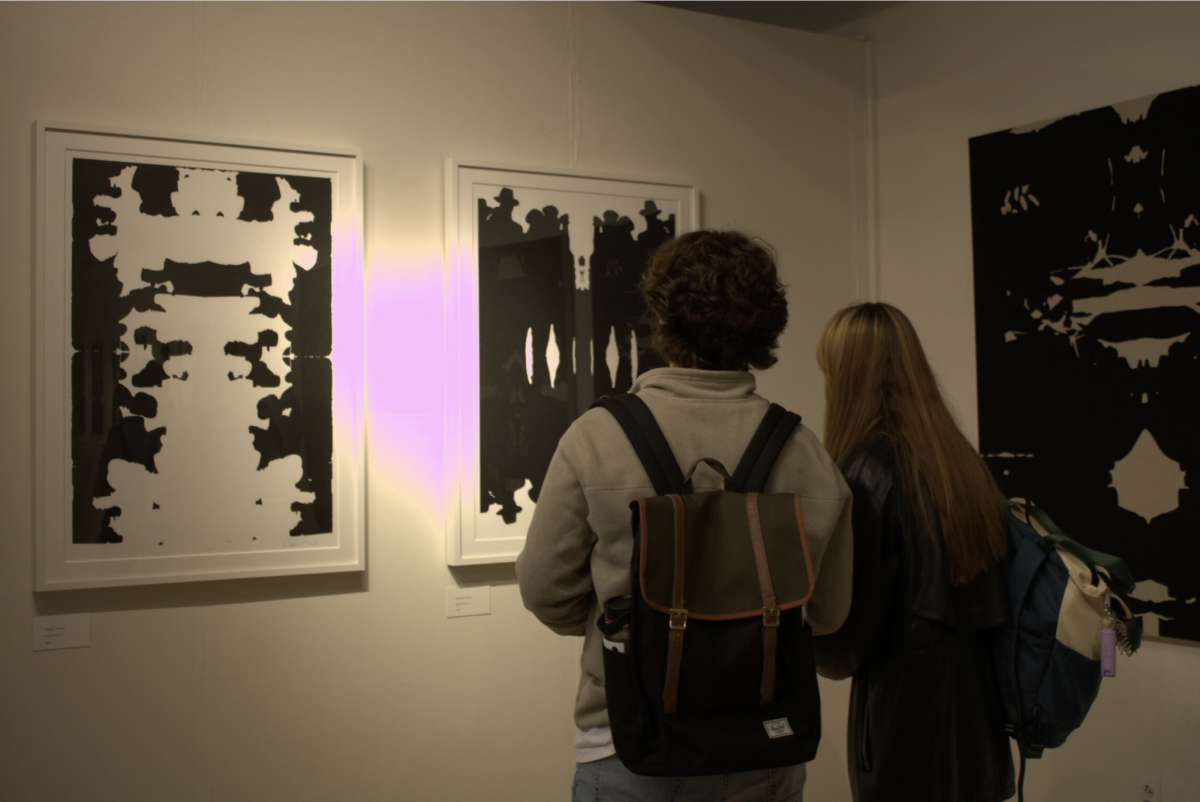About three to four times a semester, the Rebecca Randall Bryan Gallery in the Edwards College of Humanities and Fine Arts invite an artist to exhibit their work. The artists span a wide array of backgrounds, subject matter and medium.
The gallery had the pleasure of installing a show titled “Gnomon,”a series of 34 prints and larger- than-life paintings by Patrick Earl Hammie. The works consist of black and white abstracted images that resemble Rorschach tests. Any student interested in viewing the exhibit can through Nov. 10 from 9 a.m. to 5 p.m.
Like a Rorschach test, though they may look entirely abstract, when one looks long enough, they begin to make out images within the silhouettes.
Hammie welcomes the variety of interpretations that people have of his work.
“It’s all valid. If you come in and you see gestures that remind you of Red Dead Redemption, that’s valid. That’s a way in. You play video games set in a certain period, that’s your way in,” Hammie said. “You see a bunch of fedoras and it starts looking like cowboys you go ‘Okay, I kind of get this,’ right? If you come in and you see something else like an alien or something, enter it that way.”
But the true subject matter of the work isn’t cowboys or aliens. It’s a painful reminder of the not-so-distant past.
“Gnomon” was inspired by photographs and postcards of American lynchings.
“These are just a way of re-embodying, re- centering the Black experience of the victims in these photographs who didn’t have a choice of who gazed and who looked at them,” he said. “Or how their image, in life and death, was remembered and perpetuated through those who had the keys to the archives and the power.”
He begins with a historical photograph of a lynch mob.
“[Before painting], I use Photoshop to isolate crowds from victims and backgrounds, a task that led me to explore in horrifying detail this imagery,” the artist said. “You’d be surprised at things I’ve found when you really take time and go through and loop out everything. Rendering the murders as silhouettes emphasized the haunting effect of their collective force.”
Inspired by EthnoGothic fiction, Hammie notes it’s important to address this history head on so that it can be reckoned with.
The EthnoGothic deals with fictive, dark scenarios that speak to racialized experiences of trauma through Gothic tropes– Hammie mentioned the film “Get Out” by Jordan Peele as an example of the genre. He contrasted the idealism of AfroFuturism with John Jennings’ writings on EthnoGothic.
“If Afrofuturism imagines a better world,the EthnoGothic mines a horrific past. Where Jennings also notes, ‘You have to name that monster. Claim it, kill it, let it go.’ When you name things like that, you control it,” Hammie said. “You can actually deal with it, and then maybe you get on the bus to the AfroFuture.”








